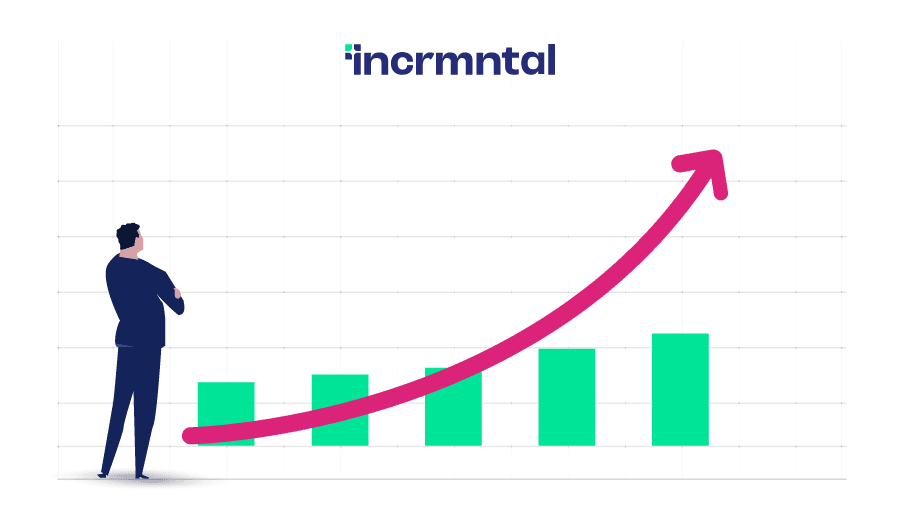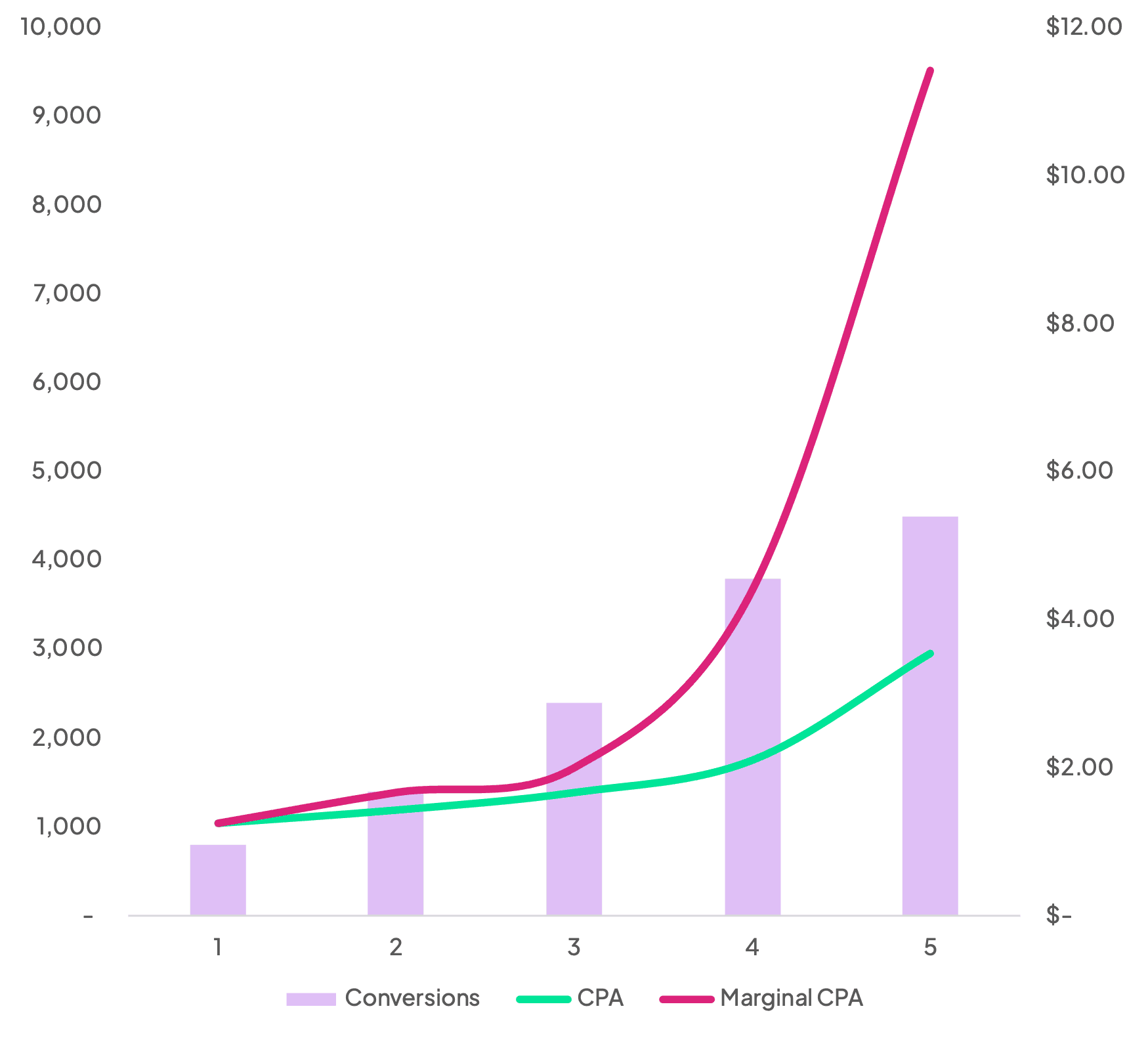Platform
Use Cases
Many Possibilities. One Platform.
AI and Automation
The Always-on Incrementality Platform
Solutions
Teams
Built for your whole team.
Industries
Trusted by all verticals.
Mediums
Measure any type of ad spend
Use Cases
Many Possibilities. One Platform.
AI and Automation
The Always-on Incrementality Platform
Teams
Built for your whole team.
Industries
Trusted by all verticals.
Mediums
Measure any type of ad spend

The digital marketing industry is incredible at coming up with terms and acronyms, where to an outsider, these are often confusing and cause a great deal of miscommunication. There are hundreds of unique terms, and making sense of those is often critical for understanding and smart decision making.
One of the most common questions we hear from marketers is “what is the difference between incremental and marginal?”. We decided to write this article to help explain these two terms, which are often used interchangeably, even though they are quite different from one another.
To illustrate the difference, we will use ad spend, and conversions.

The above chart represents the marketing performance generated from a paid marketing channel, where the more the Advertiser spends, the more performance is reached.
However, what this example also shows is that the more spend, the less efficiency is reached, as the additional conversions gained vs. the additional investment is scaling up exponentially.
The formula to calculate CPA is pretty straightforward:

While the way to calculate marginal CPA is a little more complicated:

While most marketers would be happy to scale ad spend by 16x while CPA only increased by $2.2 ; the understanding that at a certain spend level, the CPA is actually +900% the starting point, can mean over spend, to the point of unprofitability.
The majority of marketers spend their day looking at the absolute CPA, almost ignoring the notion of the marginal CPA.
We have also addressed this concept in an article explaining the concepts of Diminishing Returns, Maximum Yield, and Negative Returns.

Technically speaking, both Marginal and Total Conversions may be incremental conversions.
Incrementality is a term referring to the additional results gained by your activities, and in the case of the examples above, both the Marginal and Total Conversions are both Incremental.
If you did not spend $1,000 , you would have not achieved 800 Conversions, making the 800 conversions Incremental conversions.
Unfortunately, yes.
This is often referred to as “marketing cannibalization”.
Cannibalization is another term referring to acquiring results that would have been achieved even without the ad spend happening.
Most marketers typically rely on some sort of campaign or user attribution in order to track marketing performance. Attribution works by assigning conversions back to advertising generated impressions or clicks, matching the conversion and click users’ data – data such as IP, or device ID.
Cannibalization happens, when attributing users’ conversions that would have been achieved even without the Advertising activities, or by several ad platforms attributing the same individual user conversions, simply because the user engaged with an ad on two or more platforms.

The table above represents a common challenge marketers face, when attempting to consolidate data amongst various platforms.
Understanding the marginal performance is important for any marketer, as without it, marketers could be continuing to scale ad spend without realizing that any additional ad spend may yield results that are not profitable. Marginal CPA tends to increase exponentially, while incremental CPA keeps a linear trend line.
Measuring both incrementality and marginal performance can be an extremely challenging task without a platform like INCRMNTAL. The basics of measuring both incrementality and marginal performance require a continuous evaluation of any changes made in ad spend, and comparing what impact the changes had over marketing performance.
This meticulous analysis is crucial for optimizing marketing strategies and ensuring that every dollar spent contributes positively to the overall performance. Without a thorough understanding of incrementality and marginal performance, marketers risk overspending on channels that may not be delivering significant additional conversions.
Common changes that could indicate incrementality are:
The challenge multiplies enormously when operating multiple advertising channels, and when conducting multiple optimizations on a daily basis.
Managing these complexities necessitates a sophisticated analytics platform like INCRMNTAL, which can streamline the measurement process and provide actionable insights. With the ever-evolving landscape of digital marketing, staying ahead requires not only tracking overall performance but also understanding the nuances of incremental and marginal gains across diverse channels and strategies.
In conclusion, measuring incrementality and marginal performance is not just a best practice; it's a strategic imperative in today's dynamic marketing environment. By adopting a comprehensive approach to analytics and utilizing advanced tools, marketers can navigate the complexities of advertising, optimize their campaigns effectively, and ultimately drive sustainable business growth.
INCRMNTAL’s platform was built around measuring incrementality and marginal performance without any hassle. The platform tracks all changes, by connecting with ad platforms change logs, continuously measuring the impact a change had over performance, while considering all other changes happening simultaneously, or around the same time period.

Maor is the CEO & Co-Founder at INCRMNTAL. With over 20 years of experience in the adtech and marketing technology space, Maor is well known as a thought leader in the areas of marketing measurement. Previously acting as Managing Director International at inneractive (acquired by Fyber), and as CEO at Applift (acquired by MGI/Verve Group)